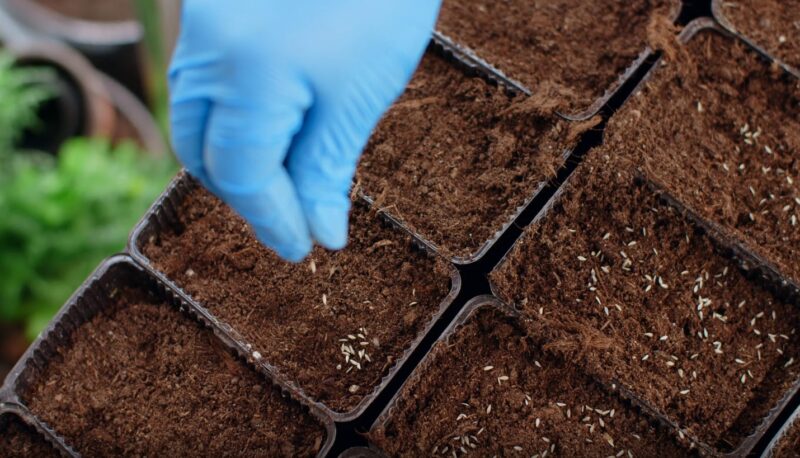Seeds come in all sorts of shapes and sizes. From tiny dust-like to huge nuts, each type is perfectly adapted for how its plant parents live and spread. Over millions of years, they evolved different traits to help the plant species survive wherever they grow.
Some are tiny so the wind can carry them far and wide to colonize new areas. Others hitch rides on animal fur to get transported.
This story is about their diversity.
Evolution and Adaptation
Natural Selection and Diversity
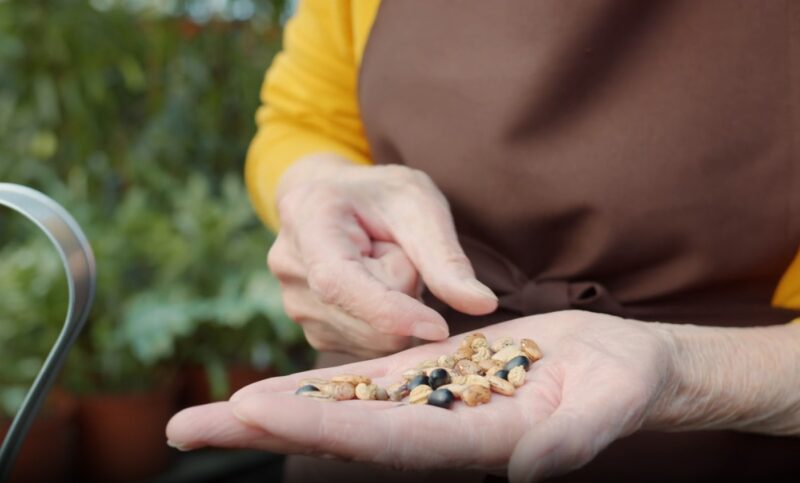
- Some plants have small, light seeds that the wind can easily carry and blow far distances. This spreads those plant species over a wide area.
- Others make bigger, fatter seeds packed with food for new growth. This extra energy helps the sprout thrive when competing with other new plants.
- Plants like dandelions and maples have small, light seeds with features that let wind carry them far.
- Coconut seeds and others are adapted to float, so they spread a long way through water currents in oceans and rivers.
- Larger ones in berries and acorns get eaten by animals without getting digested. The animals deposit them elsewhere with fertilizer, spreading trees far through forests.
Size and External Factors
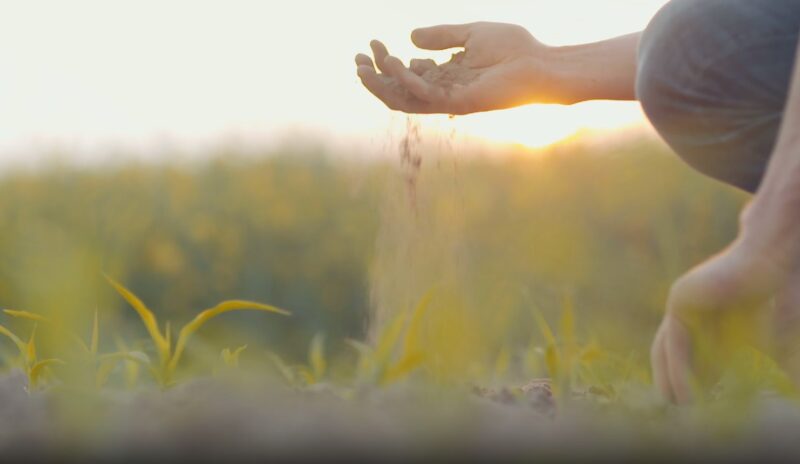
In places with rich, nutritious soil full of food for plants, seeds tend to be bigger. The sprouts have an easier time surviving there, so it’s worth the plant’s energy to make seedlings well-fed.
On the other hand, plants from poorer soils with less nutrients make more seeds that are smaller. This way there’s better odds that at least some will land where they can get started and grow, even with less soil food available.
- Rich Soil: Bigger, fatter ones provide the sprouts extra reserves that help them compete where conditions are good.
- Poor Soil: Lighter loads of smaller seeds spread the chances that sprouts can put down roots where the soil can support some kind of growth, even if not much.
Read More: The Incredible, Edible Seed
Shape and Functionality
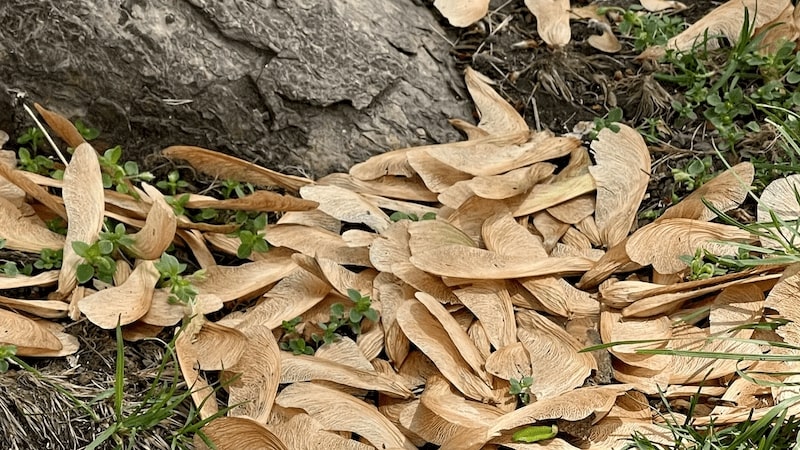
Certain shapes help particular ways of travel better than others. For example, seeds with wings or attachments are built to catch wind since they can fly farther. Round smooth seeds may slip through water flows more easily.
- With Wings: Seeds that have extensions or a glide shape like ash trees use air flows to sail or spin down from trees, assisting wind travel.
- Round and Smooth: Seeds like peas have contours that roll them along water currents for aquatic distribution.
Survival Strategies
A seed’s form can also be part of its plan to endure. Some burrs and barbs allow seeds like burdock to affix to animal fur for transport. Others grow thick outer layers to withstand tumbling through digestive systems, then germinate after the animal scattering.
- Sticky: Seeds with hooks catch rides on wildlife coats to colonize new areas far away.
- Tough Coated: Hard-shelled seeds like nuts can survive by passing through stomachs and sprouting once deposited with nutrients in distant spots.
Also Read: What, Why, and How of Seed Treatments
Size and Planting Solutions
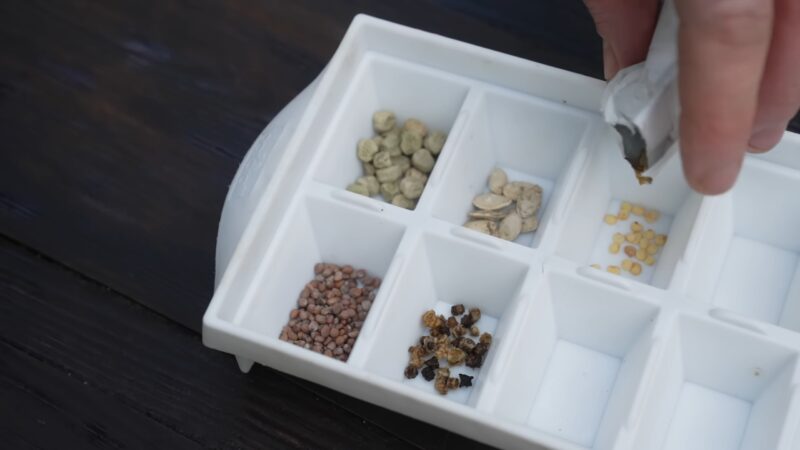
Large Seeds and Survival Advantage
Bigger ones tend to help the little sprouts live through tougher times. With more fuel stored inside, they can sustain growth longer without perfect conditions. This really helps in places with less sun or where competition is brutal for space and nutrients.
- In Shady Spots: Extra reserves let sprouts last in forested areas until they find a sunbeam to reach towards.
- Crowded Places: When many young plants are battling for the same resources in a spot, big seed reserves may be what a sprout needs to push through.
Small Seeds and Plant Strategies
Plants making many small seeds often aim to get a wider spread. Putting out a ton of lightweight babies increases the odds that some will hit the jackpot in spots where they can put down roots. This approach works well for taking over blank slates or recovering after disturbances.
- Quick Colonizers: Grasses and such blanket big patches by mass-producing itty bitty seeds to fill in empty areas speedily.
- Post-Damage: Where things get wiped out and disrupted a lot, churning out ample tiny seeds increases the likelihood that founders will land and catch hold somewhere after a disruption.
Final Words
The world of seeds is really interesting. It shows how plants have adapted over time to survive in different environments and spread their species. Understanding why seeds come in various sizes and shapes gives us more respect for the complexity in nature. It reveals how plants evolved different traits to persist wherever they grow.

